Hello,
I am in the midst of a major remodel which includes converting half the garage space into bedrooms and bathrooms plus laundry room. We are replacing some foundation walls and replacing the slab. The house is on a hillside lot with the floor essentially at grade, one wall is on the downhill side (at grade) one wall is the driveway side (at grade), the uphill wall (existing) acts as the retaining wall, and the fourth wall has dirt about 2/3rd up on the uphill side and is at grade on the downhill side. We are in Northern CA and will be putting a vapor barrier under the new slab.
We want to put hardwood down on the slab. So, what is the preferred method for this. I know that there are a few articles here that talkabout using ridid foam and floating the floor, and another with vapor barrier and 2 layers of ply. There is also the option of gluing to the slab. When I sent my architect the FHB article and the GBA article on the no mold finished basement, the response was that they would only follow National Wood Flooring Association Guidelines. These guidlines do not have rigid foam anywhere.
In all my research, this is really the only site I can find that recommends the rigid… so is ther such a thing as a definitive answer? We want solid plank, but have found a supplier that can attach to ply to make it engineered. we want to match to the wood we plan to install in the other areas of the house. What is the best approach?
thanks!
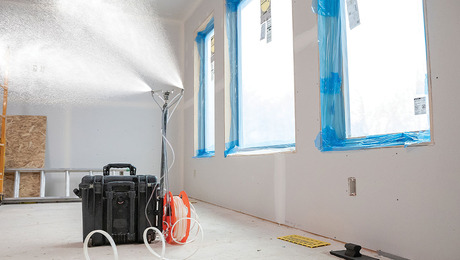

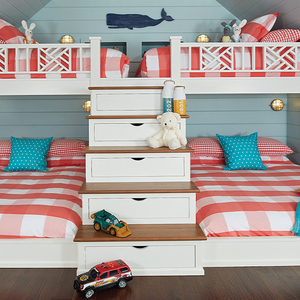

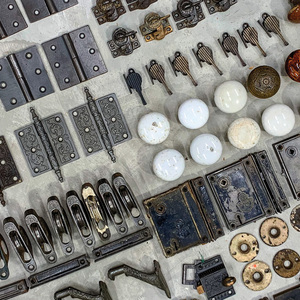
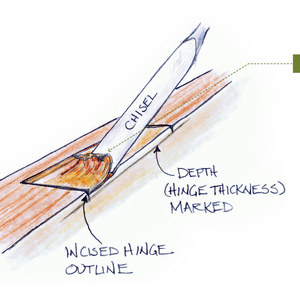







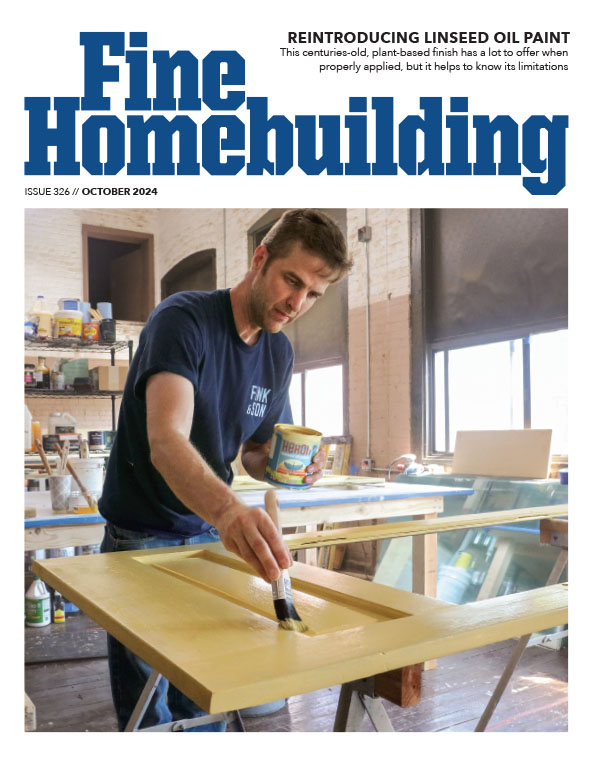





Replies
I've built a few variations of what you're talking about and without a doubt what I'd suggest, since you're replacing the slab, is insulatewell under the slab and not between it and the hardwood. Allow 2-5/8" between the slab and bottom of hardwood, which is 2x sleepers every 16" tapcon'ed to the concrete and 1-1/8" T&G ply over the sleepers. This also puts the concrete within the insulated building envelope so it helps moderate temperature swings and results in dry concrete so there's no moisture issues with your wood floor. With a waterproof membrane under the foam, such as pvc pond liner material, is good all around.
If this was my personal house that's how I'd do it. Your architect will like it since it's intuitive and solves any moisture issues, and you'll like it since your hardwood floor will feel like a quality hardwood floor and you can use a good quality nail down flooring instead of trying to have something special made up.
Personally I like a slightly warm floor so I'd at least run pex tubes (1/2" pex every foot on center) to provide a couple degrees of warmth on cold winter mornings, but not as the heating source for the room since temps high enough to heat a room through hardwood is hard on the wood, but as a comfort warmth it's only a few degrees and with a full slab to even out temp swings it's quite easy on the wood. Likewise in the summer the slab and flooring on it will stay slightly cool to the touch.
slab insulation
Thanks for the feedback. When it comes to the insulation under the slab, do I need to worry about termites? Also as I am here in SF Bay Area, and it never really gets that cold. I understand the insulation more for a cold climate, and asked the structural engineer who spec'd the slab about it, but it sounds like its not done much here in our coastal cliamte. When I started to look into it I started to worry about the termites as well.
https://www.finehomebuilding.com/item/15173/whats-better-crawlspace-or-slab-on-grade
thanks.
A few years after I wrote the No-Mold Basement, I co-wrote a book on wood flooring with Charles Peterson. It's on Taunton's website, and I'd highly recommend you get a copy (Heck, I make about 50 cents on residuals for each copy sold!). It's a pricey book, but it's got great information on installing hardwood on slabs. In the grand scheme of the cost of your job, the $50 for the book is minimal. I'd provide the info here, but Charlie discusses more techniques than I remember in detail. One involves a liquid-applied membrane and glued down floors. Others discuss sleepers, or floating floors. Charlie's deeply involved with NOFMA - A real expert in the field.